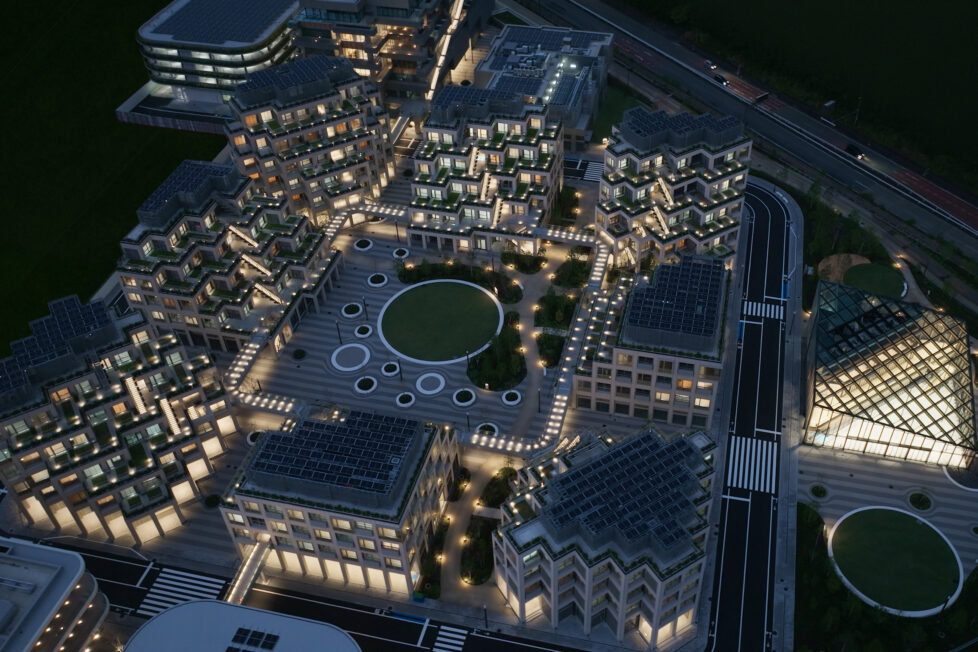Woven City: Toyota’s Futuristic Blueprint for Smart Urban Living
Toyota’s Woven City, a 175-acre smart city under construction near the automaker’s former Higashi-Fuji plant, is designed to be a living laboratory for next-generation mobility, sustainability, and AI-driven infrastructure.
